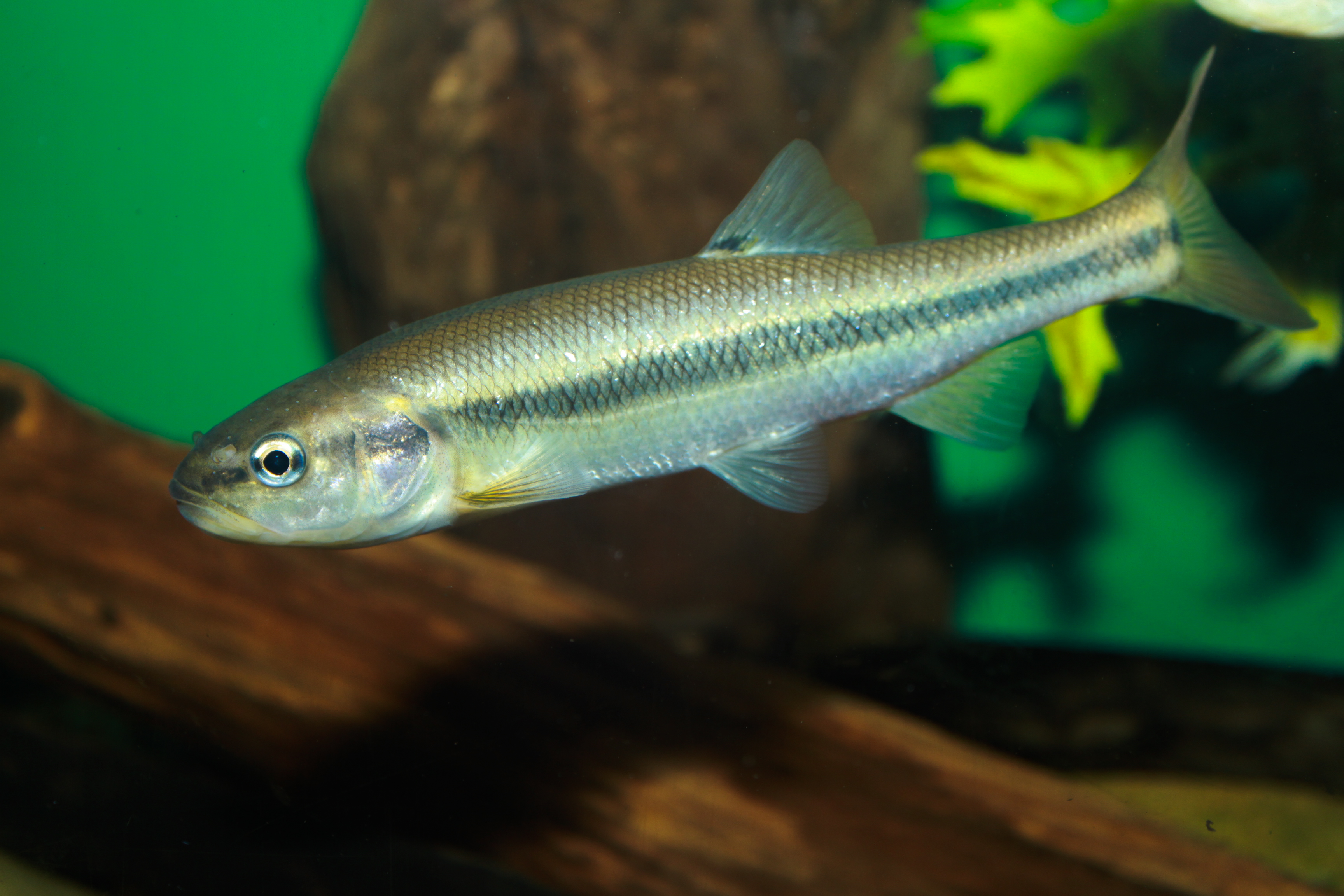Urbanization strongly affects freshwater streams, because they are sensitive to land use due to their topographical location. The increase in discharge that occurs after rainfall is one of the most noticeable alterations to urban streams. In urban environments, buildings, roads, and other infrastructure rush the transportation of rainwater into streams by preventing it from soaking into the ground. This speeds up water transportation to streams and reduces infiltration, causing urbanized streams to experience more frequent high-discharge episodes and quicker water velocity during rainfall [1]. These hydrological changes may have an effect on the aquatic species that inhibit these streams, such as fish. Due to abrupt changes in water volume and speed of the streams the habitats of the fish could be disturbed. This can lead to loss of eggs and juvenile fish, as well as change the availability of food resources. Fish diversity may eventually decline as a result of these stresses, drastically affecting the biological community structure of urban streams.
Creek Chub
When it comes to studying how urbanization impacts freshwater ecosystems, the Creek Chub is an ideal candidate. Why? For starters, Creek Chubs are found in streams all over North America, making them easy to study and a great representation of stream life in general. They are also easily identified, because of their shape and form. Plus, they’re pretty easy to find and track, which makes them a favorite among researchers. Creek Chubs are an important part of the food chain, making them a perfect candidate to study the urbanization effects on the ecosystem. An example of a study done on these fish is a study conducted in North Carolina by Kern and Langerhans. The researchers tested how urbanization impacts the steady-swimming abilities of stream fish across various levels of urban development. In the study we summarize here, the Creek Chub was specifically chosen because they inhibit rural and urban streams and because of their short generation time. This means they could have evolved measurable responses to urbanization over the past 20–120 years [2].

What’s Changing in Creek Chub Performance?
The researchers found that Creek Chubs from urban streams were able to swim more efficiently, using less energy, than their rural peers when swimming at the same speed. In particular the urban Creek Chubs needed less energy to keep swimming steadily because of higher water power. Interestingly, even laboratory-raised Creek Chubs from urban areas showed similar traits, indicating that these variations may be genetic rather than just a response to the environment. These variations are an important change because it could be an example of evolutionary adaptation of the species.
Change in Creek Chub morphology
The researchers explain that this difference in swimming ability is likely tied to change in physiology and morphology. Based on previous studies on Creek Chubs, their bodies have changed as a result of urbanization. Fish from urbanized streams show stiffer bodies, which can help them swim more efficiently. This study also found that urban fish had longer propulsive wavelengths and lower tailbeat frequencies, which are indicators of greater swimming efficiency.
The intriguing thing is that phenotypic plasticity—the ability of individual fish to adapt to their surroundings—is not the only cause of these changes. Instead, there seems to be evidence of genetic differentiation between fish from urban and rural areas. This also indicates that urban Creek Chubs may be evolving different swimming characteristics altogether.
Creek Chub evolution
This study offers an insight of how environmental changes brought about by humans might influence animal development, even in subtle ways like swimming ability. The findings show that Creek Chubs from urbanized streams are not only surviving but might actually be thriving by improving their swimming skills in challenging, fast-moving waters.
Overall, this study is a powerful reminder that urbanization can cause major evolutionary changes, not only in fish but also in other animal species. The findings have some important implications for both conservation and management. For one, they suggest that slowing down stormwater runoff could help reduce some of the harmful effects of urban streams. They also show that some populations of fish may have evolved differently in urbanized environments, which could change how conservationists approach managing these populations.
In conclusion, this study highlights how human-driven environmental changes have influenced the evolution of Creek Chubs. It also underscores how human-driven changes to the environment can shape the biology of aquatic species in ways we’re only beginning to understand.
References
- Carol R. Jacobson,’’Identification and quantification of the hydrological impacts of imperviousness in urban catchments: A review’’ Journal of Environmental Management, Volume 92, Issue 6 (2011) P: 1438-1448,
- Kern, Elizabeth MA, and R. Brian Langerhans. “Urbanization alters swimming performance of a stream fish.” Frontiers in Ecology and Evolution vol.6 (2019): 229.

Leave a Reply